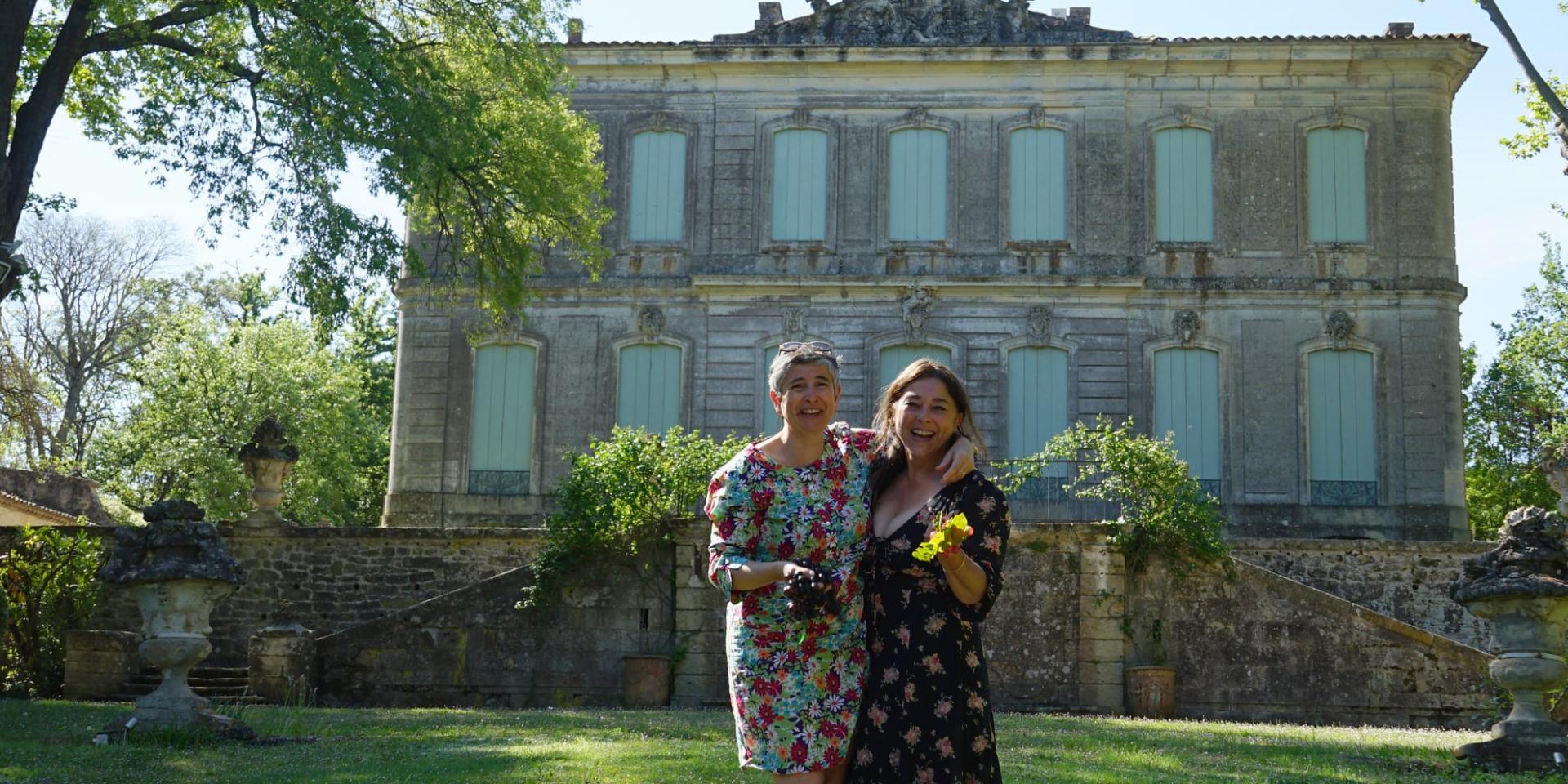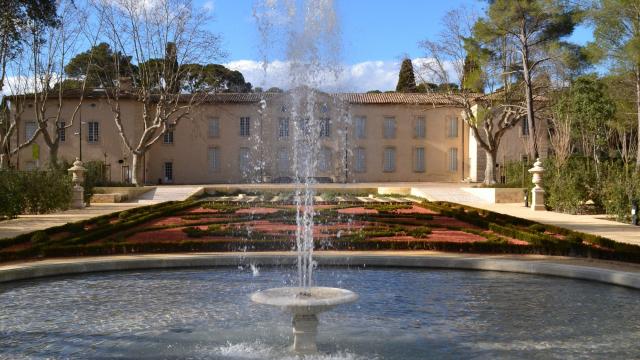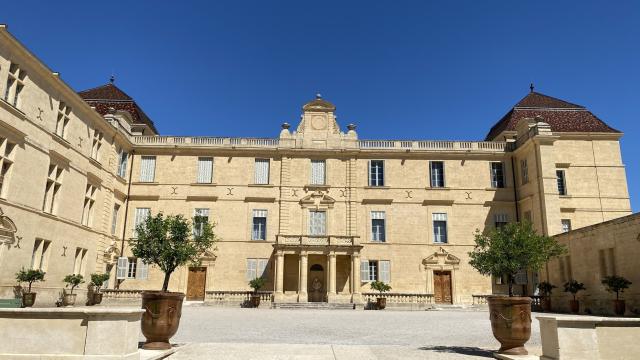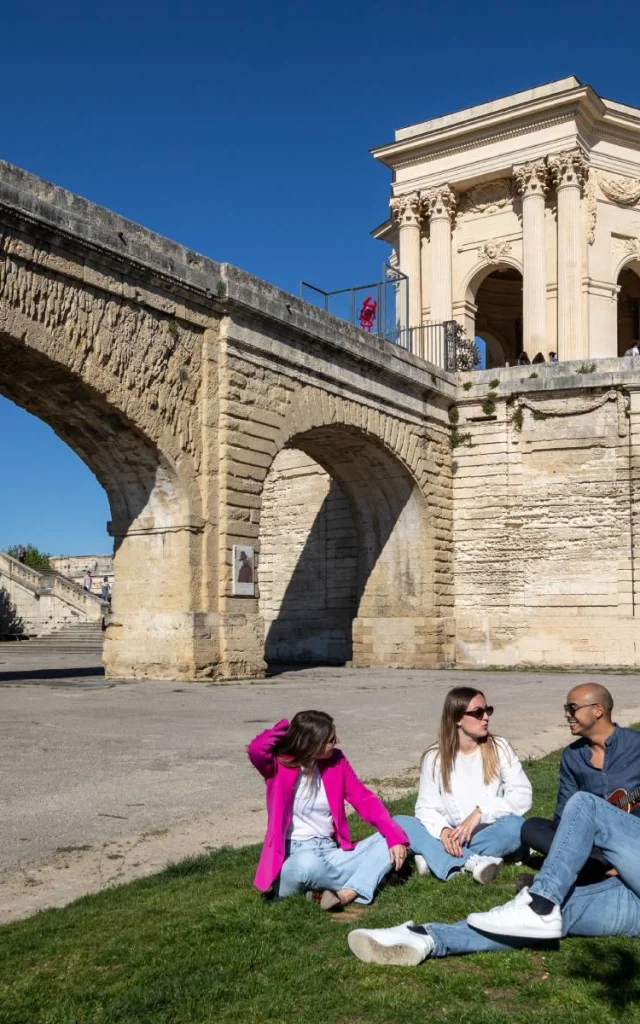 Rire Chateau Engarran©ot3m Herve Ridet Min
Rire Chateau Engarran©ot3m Herve Ridet MinHeritageCastles and follies
THE CHÂTEAU AND DOMAINE DE GRAMMONT
The Domaine de Grammont is a superb 90-hectare park and château, which gives
the impression of having been there since the dawn of time. However, of the former priory founded in the 12th century, only the chapter house remains, which is now used by the town hall for wedding ceremonies.
The buildings are surrounded by a vast area of park land, not far from the stables of
the equestrian centre in Grammont; while joggers and walkers enjoy the park, art lovers appreciate the national theatre the Zénith Sud performing arts centre.
THE DOMAINE DE RESTINCLIERES
This Folly was built in the 17th century, but the Domaine de Restinclières remains very active, and has continued its agricultural activities. This 215 ha green area, now belongs to the Department and is dedicated to environmental awareness and education. In addition to a French-style garden, the estate includes farmland, woods and a park with sign-posted paths. An ideal place for Sunday walks and picnics!
THE DOMAINE DE BIAR
Louis XV donated this farm, located on the banks of the Mosson river in the commune of Lavérune, to the Baron de la Mosson.
Planted in its park of more than 50 hectares and its English-style gardens, and dotted with the horses of the manade, the estate has just been rehabilitated by its owner, which includes prestigious guest rooms and is used as a venue for seminars.















